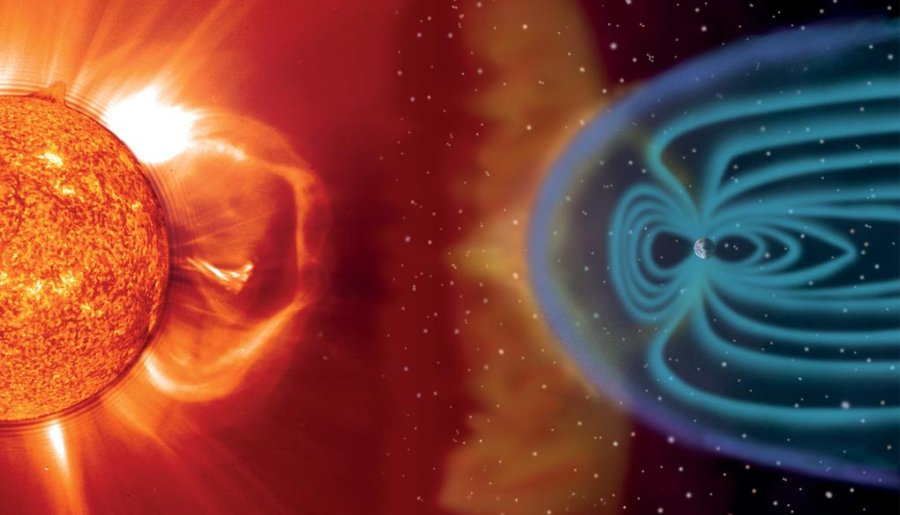However, there is one type that is not diversifiable but not apocalyptic to make it irrelevant, and that is a coronal mass ejection – CME – from our parent star the Sun.
Sun’s warmth and pull on planet earth, is what keeps it together from imploding into itself or exploding apart, in a billions of years equilibrium between gravity and nuclear fusion, that arose from a natural process. However, in all natural processes there are always errors (deviations from the equilibrium) that can disrupt such a balance resulting into an exploding star. Luckily our sun is not that young or big for an unexpected lifecycle correction to occur (the distribution of its errors has short tails), but it can still experience smaller events from smaller disruptions in each “day-to-day operations”.
The energy of such ejections exceeds the power of the most powerful manmade nuclear weapons
Such events are Coronal Mass Ejections or CMEs. CMEs are in a way, mini explosions on the surface of the sun that can cause super-charged particles (plasma) to be ejected with low end relativistic speeds into all directions of the solar system. The energy of such ejections exceeds the power of the most powerful manmade nuclear weapons by millions of times and can easily sterilize most life on earth if so much radiation was released into our environment. CMEs are not that uncommon with our parent star with an average occurrence of 5 per day during a solar maximum and 1 every five days during solar minimum (a 11 years cycle). Although this sounds very grim, if you take into account the frequency and severity, our solar system is so vast and our planet so small in this cosmic scale, most of CMEs miss us and they either hit other objects or more likely travel forever towards interstellar space.
Continue reading this article under Download.
References
Solar storm Risk to the North American Electric Grid Lloyd’s 2013
Download
- The last point of the bell – Coronal Mass Ejections .pdf • 0,16 MB

